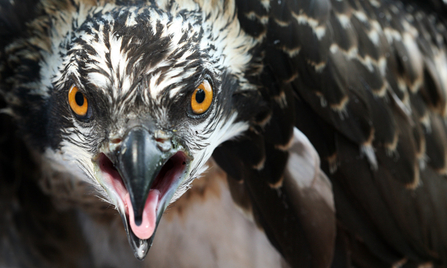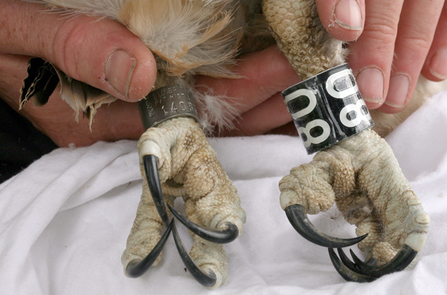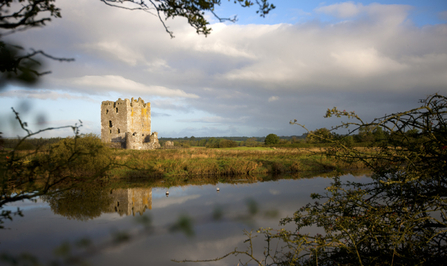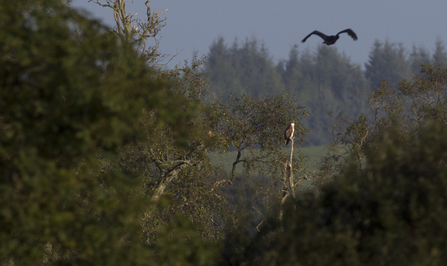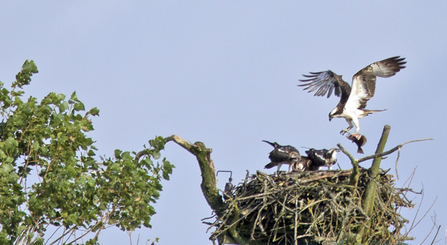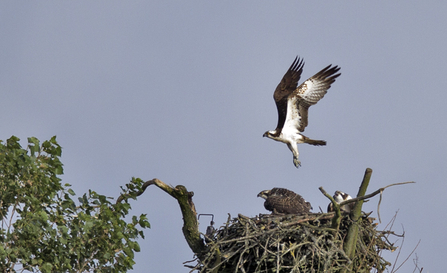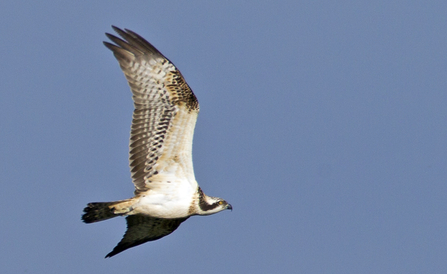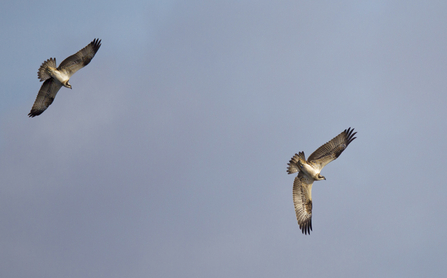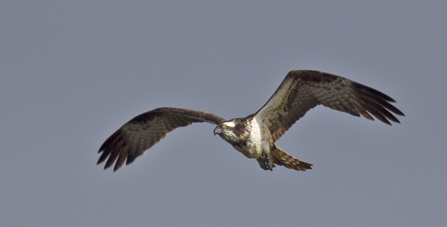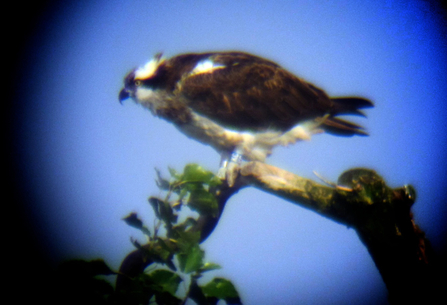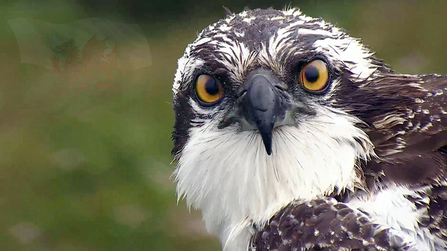Exactly two weeks ago, Sunday evening, I was in the middle of closing an osprey project for the season and preparing for a long trip the next day. Ceulan was doing exactly the same.
The day after, Monday morning at around 09:15, I headed off north to Scotland. Around 10 minutes later at 09:26, Ceulan headed off south to Africa.
You always try and keep a scientific view of these things, but with all the trials, tribulations and coincidences this summer, you can't help sometimes but think there are other forces at work. By sundown that Monday evening, I was 150 miles away from the Dyfi, so was Ceulan.
Ceulan had started his journey south to better weather, and to where he would meet up with many more birds of his kind. I was heading in the opposite direction, to Castle Douglas, Dumfriesshire, to see an old friend. Black 80.
Black 80 in 2006, age 39 days. Does this image look familiar?

